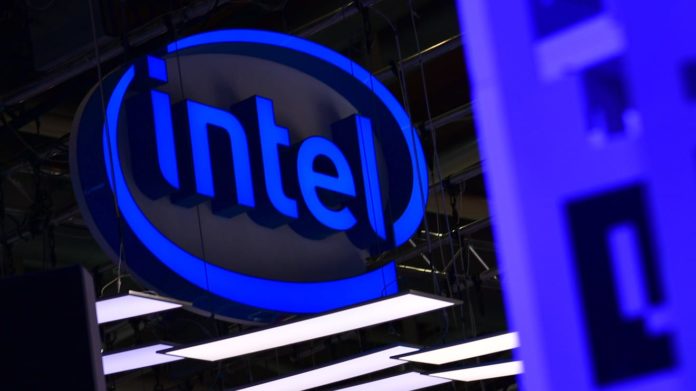After polishing and perfecting their 14nm line of processors to shine (a bit too much), Intel has finally taken off the wraps from their 10nm Ice Lake processors! Of course, production-ready laptops using the Ice Lake architecture haven’t been introduced to the market just yet. However, Intel has allowed certain reviewers to test their new processor with an SDU (software development unit). Though we were unable to test out this new silicon in person, we will try to analyze the first-line of benchmarks that have come out.

Apparently, the Intel provided SDUs were pliable between 15W and 25W which came as quite a surprise. Obviously, this won’t carry on to the final production units of the PCs that use this silicon. Intel forbade the usage of benchmarks to compare thermals and only allowed purely performance-based benchmarks. Alright, it’s about time then.

Intel 10th Gen Ice Lake-U Specifications
| CPU | Intel Core i7-1065G7 (15W/25W) |
| GPU | Intel Iris Plus Graphics (64 EUs integrated) |
| Graphics Driver | 26.20.100.7010 |
| RAM | 8GB LPDDRX-3733 (dual-channel) |
| Storage | 256GB Intel SSD Pro 7600p Series M.2 PCIe SSD |
| Display | 13.3-inch @ 4K |
| Networking | Intel Wi-Fi 6 AX201 2×2 |
The benchmarks here are in comparison with other mainstream i7 chips based on the Kaby Lake and Whiskey Lake architecture.
10th Gen Intel Ice Lake Benchmarks
This category was tested by stress testing on GeekBench and CineBench R15 for video editing.

As you can observe, the Ice

When we move to the Cinebench tests, the improvement in performance seems even more significant. The superior Gen11 iGPU on the 10nm chip stands toe to toe with even the dedicated MX250 graphics as advertised by Intel. A wholesome 25 percent gain is seen with respect to the Core i5-8565 paired with its integrated graphics.
Graphics Performance
Tom’s Hardware usually benchmarks Ultrabooks (such as the SBU here) with Dirt 3 at medium presets. The Ice Lake-U part with its Iris Plus graphics runs it at a healthy 63FPS. Obviously, integrated graphics are still a long ways away from running AAA titles with ease, but Intel truly seems to have stepped up their game.

Staying true to Intel’s claim that the Gen11 graphics can handle popular titles, the SBU was able to run Civilisation VI (on low) at an average of 50 FPS (between the 15 and 25 W envelope reversal). That’s on par with the MX250 equipped the 8th Gen Core i5-8565U! Even at high presets the chip manages to pull through with a respectable 15 fps which is a solid 2 FPS higher than its NVIDIA MX250 counterpart, pretty much making the discrete GPUs in this space obsolete.

Finally, when given the beans with

However, on low pre-sets, the game seems to be perfectly playable at a shade under 30 FPS.

Compression and Decompression
Synthetic testing under ZLIB was used here. For the uninitiated, ZLIB uses standard x86 instructions in a compression/decompression workload to measure integer performance.

From what we can see, the improvement though small and inconsequential is probably due to the relaxed clock of the SBU in use. We’ll be able to get a fair idea only when the final production unit is on sale.
Conclusion
The Ice Lake chips appear to be in line with what the rumors had claimed. The clocks are quite tame and the top-end mobile parts max out at just 4 cores. The saving grace. however, comes in the form of the improved IPC gradient which is something that Intel is known for and contributes to the better gaming performance. One thing we were quite impressed by is the Gen11 integrated graphics performance. Though it can’t run AAA titles with ease, the chip still holds its own and is a significant improvement over its predecessors. It’d be fair to say that Intel’s iGPU is more or less on par with AMD and its APU lineup as far as the on-board graphics are concerned.
Further Reading:


